Date of Award
Spring 2021
Degree Type
Capstone - Open Access
Degree Name
Bachelor of Arts
Department
Psychology
First Advisor
Lauri Kurdziel
Abstract
The following research article explores music therapy in the treatment of Parkinson’s Disease (PD). The general interaction between the rhythmic properties of music and motor associated brain areas is discussed at length. These interactions provide a basis for understanding how music therapy can address the rhythmic impairments of the disease. Dance therapy, Musical Sonification, Rhythmic Auditory Stimulation (RAS) are three types of music-based therapies that have been found to be effective in treating the motor symptoms of PD. These therapies may be particularly effective for the PD population because they draw upon musical rhythm as an external pacing cue.While external pacing cues have been found to help PD patients entrain to rhythm, research has not yet explored how rhythm can be internalized over time. The current article proposes that the experience of Involuntary Musical Imagery (INMI) may offer patients a means of creating an internalized representation of rhythm that can be maintained beyond the therapeutic setting. Strategies to increase the occurrence of INMI are explored, accounting for individual differences and certain musical characteristics. In addition to advocating for music-based therapies in the treatment of PD, there also calls for increased research on how INMI may be incorporated into these therapies.
Recommended Citation
LaRivee, Jacqueline, "Finding rhythm through auditory imagery: an approach to Parkinson’s Disease treatment" (2021). Psychology Student Work. 1.
https://scholarworks.merrimack.edu/psy_studentpub/1

